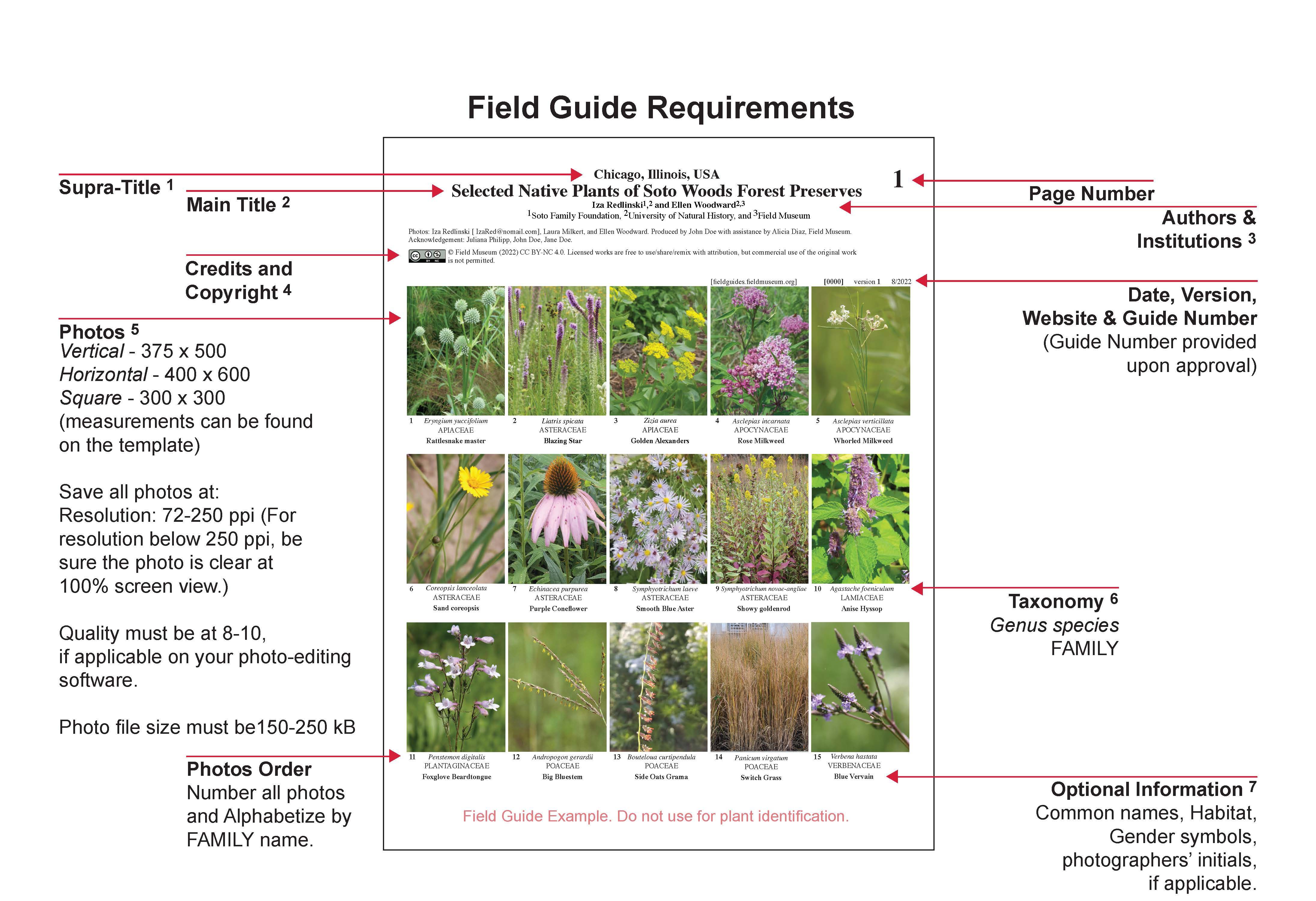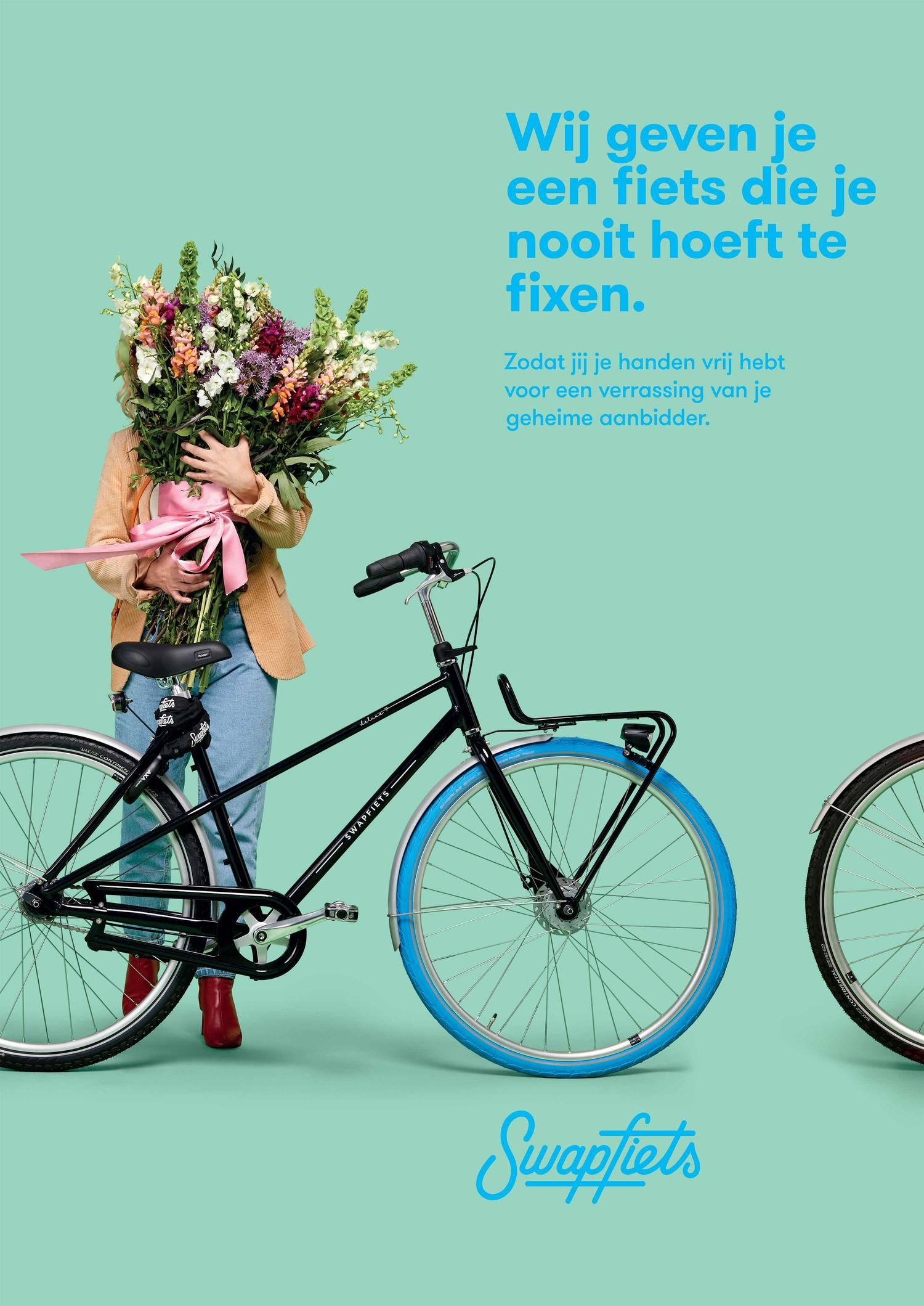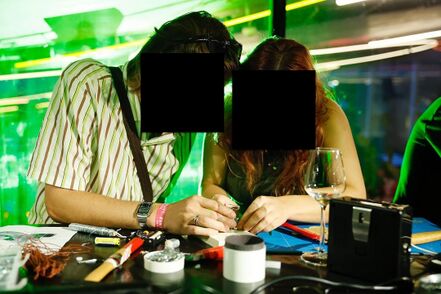User:Vitrinekast/Thesis Proposal
If your biometric eye no longer functions because the company that produces them went bankrupt[1], it means that you didn’t actually own the eyes in the first place. This is an example of why repair, both the right to and the skill of, is important. Through repair & DIY, we can take back control of these things. Unfortunately, buying new is usually the more cheap, accessible and easy option. Outsourcing maintenance to a monthly Swapfiets[2] subscription is easier then learning how to repair & maintain yourself. Buying a new lamp is quicker then discovering what actually blew the fuse in the first place. And buying new hardware is the easier, cheaper and more reliable option then salvaging existing components from e-waste.
But, by joining & hosting workshops and gatherings around repair and repurposing, I’ve noticed how empowering it can be to take back this autonomy: To fix your own bike, to discover what a fuse is or to make (or break) a circuit together. A shared attempt to uncover some of the black boxes in our own products. As Garnet Hertz and Jussi Parikka state, probably to discover even more black boxes, that have become completely obsolete. [3].
”Salvage computing believes that the end of a computer product’s lifecycle should be seen as a moment of celebration”[4]. Instead of noting down a time of death, the obsolete device could be the start of something new. Trough this thesis & project, I want to challenge my own idea that buying new hardware is quicker then salvaging for hardware. This thesis will be a field guide for the salvaging from- and reusing of abandoned/obsolete media, to create sound devices.
Field Guide
The field guide can offer the reader guidance in the identification of components (Electronic components such as resistors, transistors, etc.) when salvaging. It will include recipes for using the components to create sound devices, and examples on how this was approached during the DIWO gatherings, further described in the Project Proposal.
An example of an earlier created recipe is Printer Jam[5], a performance I did together with Riviera Taylor, where we’ve used live coding practices[6] combined with abandoned printers, into a percussive instrument.

The field guide is an open-ended, pocket sized, compact book, so the reader (and me) is invited to take the publication outside, further investigate, annotate and experiment with the discarded materials. This also gives me the opportunity to to continue the research after the project has ended.
References
- ↑ https://spectrum.ieee.org/bionic-eye-obsolete
- ↑ Swapfiets, the subscription based bike Een eigen fiets of e-Bike voor een vast bedrag per maand | Swapfiets
- ↑ Zombie media text dn790000.ca.archive.org/0/items/45.5.hertzParikkaZombieMedia/45.5.hertz_parikka_Zombie_Media.pdf
- ↑ XXIIVV — salvage computing
- ↑ Link printer jam
- ↑ Definitie live coding/tidal cycles link


